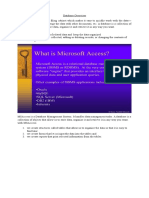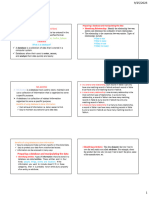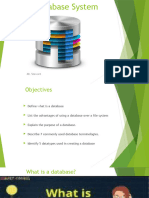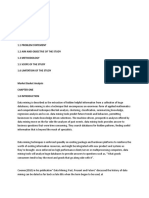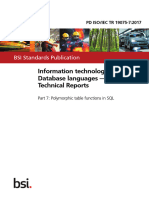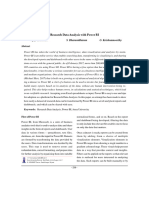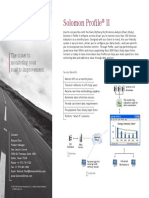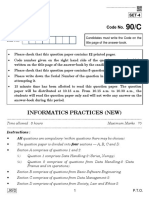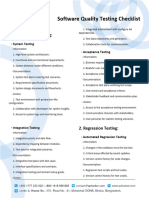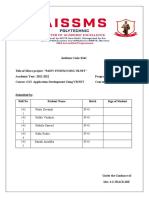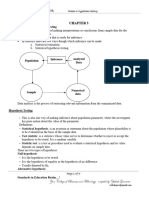0% found this document useful (0 votes)
53 views5 pagesDatabase Management 2020
A database is a collection of data that is stored and managed using database management system software to allow for data storage, manipulation, and retrieval. A DBMS stores data in tables and allows users to easily access, update, and manage large amounts of data. Databases are used by organizations to store information like customer records, product catalogs, and employee data. Key components of databases include tables, records, fields, queries, forms, and reports.
Uploaded by
Rose FuenCopyright
© © All Rights Reserved
We take content rights seriously. If you suspect this is your content, claim it here.
Available Formats
Download as DOCX, PDF, TXT or read online on Scribd
0% found this document useful (0 votes)
53 views5 pagesDatabase Management 2020
A database is a collection of data that is stored and managed using database management system software to allow for data storage, manipulation, and retrieval. A DBMS stores data in tables and allows users to easily access, update, and manage large amounts of data. Databases are used by organizations to store information like customer records, product catalogs, and employee data. Key components of databases include tables, records, fields, queries, forms, and reports.
Uploaded by
Rose FuenCopyright
© © All Rights Reserved
We take content rights seriously. If you suspect this is your content, claim it here.
Available Formats
Download as DOCX, PDF, TXT or read online on Scribd
/ 5





